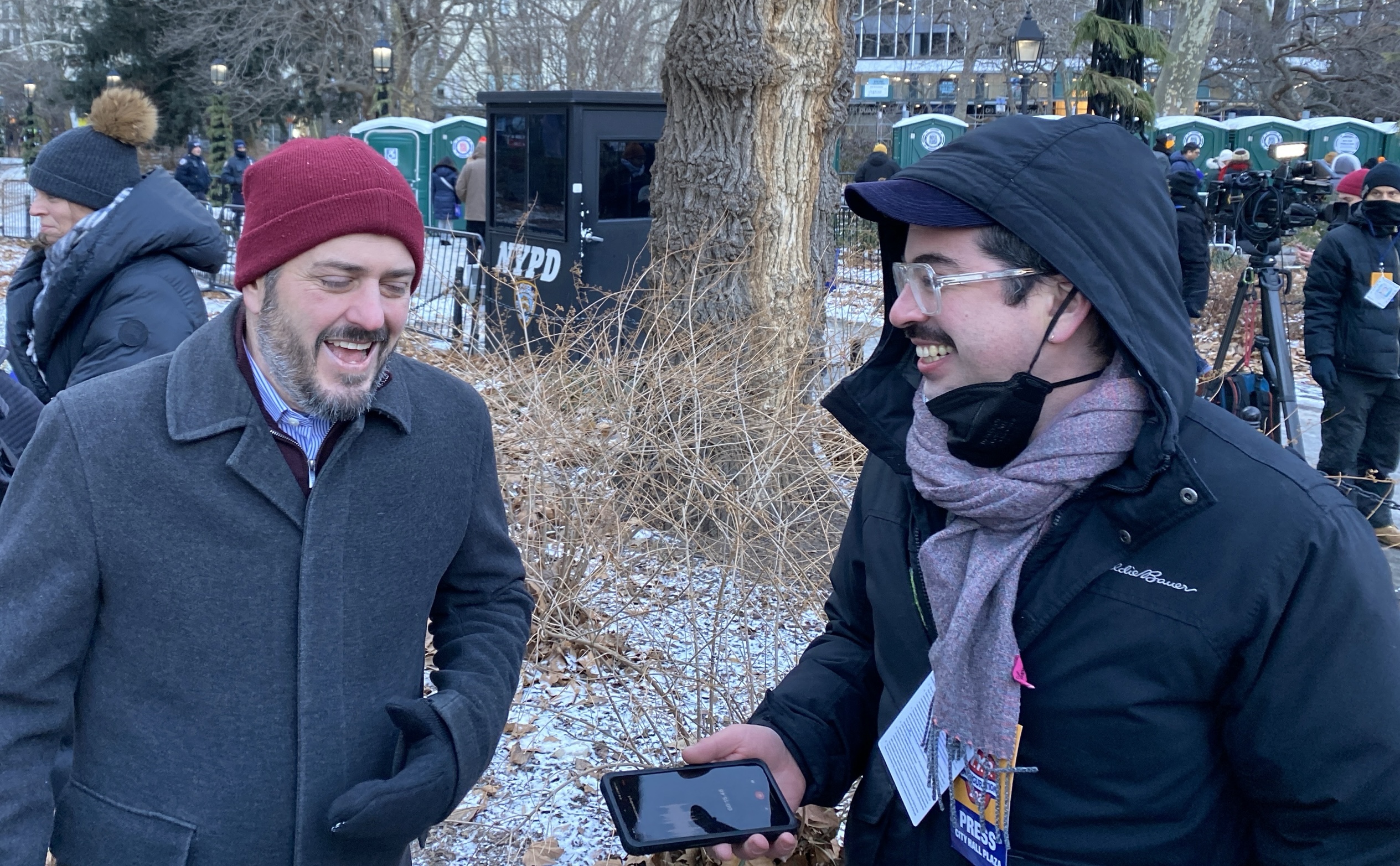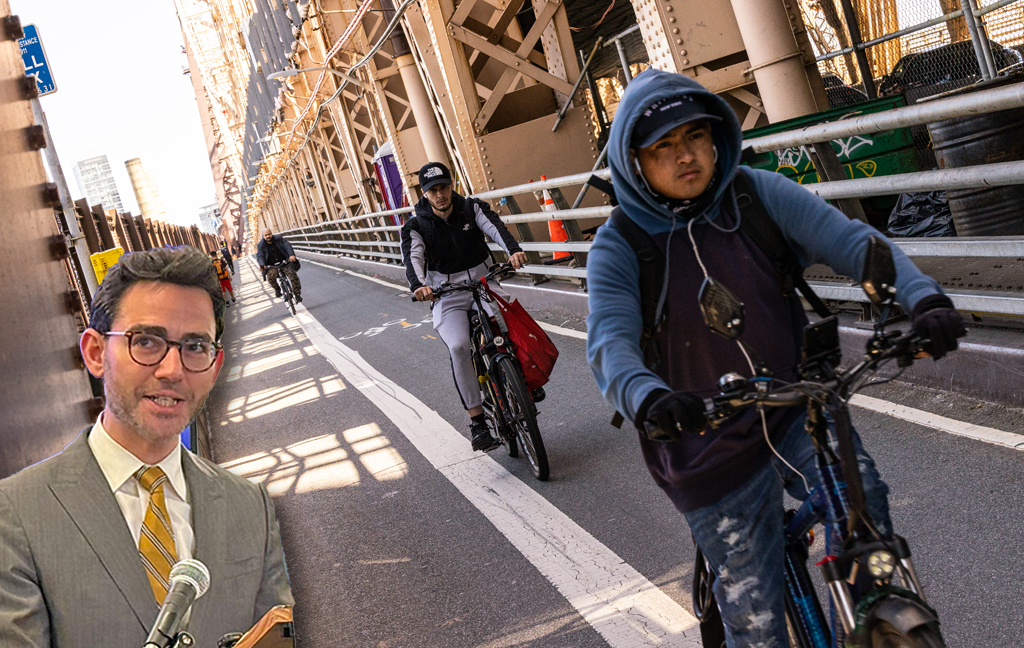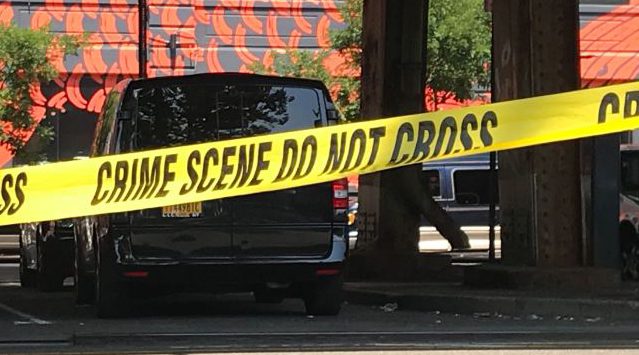Beth Osborne was deputy assistant secretary for policy, and then acting assistant secretary, at the U.S. Department of Transportation from 2009 until March, when she joined Transportation for America.
Members of Congress love to talk about local control. And with good reason: American voters tell pollsters over and over again that they trust the elected officials closest to them more than any others.

Not only that, but most Americans live in cities, towns and suburbs, with 85 percent in metropolitan areas, according to recent census estimates. And 90 percent of gross domestic product -- the economy -- is generated in those places.
So why is rhetoric so far from reality when it comes to transportation funding?
When the federal transportation program was up for renewal two years ago, members of Congress from both parties repeatedly invoked “local control” as a goal. But the resulting law, MAP-21, actually reduced local latitude over transportation spending.
Pots of money that had been available to fix local bridges, provide alternatives to congested corridors, make better connections to transit or address safety issues for kids on their way to school -- as just a few examples -- were consolidated and shrunk. When all was said and done, local communities had access to less than 15 percent of the money in the bill. Metropolitan areas over 200,000 -- where 65 percent of Americans live -- got only 8 percent, according to federal data.
As a result, the one small pot of discretionary money available to local communities -- the TIGER program -- has been wildly oversubscribed, as I saw firsthand as one of the leaders at the U.S. DOT overseeing the program from 2009 until last March.
My time at DOT taught me two big lessons: First, the innovative solutions are coming from locals. And second, they have nowhere near enough resources to implement them.
Across the country, communities and regions are developing forward-looking plans to squeeze efficiencies out of transportation networks expected to move growing numbers of cars, pedestrians, transit riders, bicycles and freight. They are struggling to fund unmet repair needs. They worry that the economic potential they see will evaporate unless they can invest in a high-quality transportation network.
That’s why the bipartisan Innovation in Surface Transportation Act (HR 4726) is so important. The bill, introduced by Representatives Rodney Davis (R-Illinois) and Dina Titus (D-Nevada), would make good on the MAP-21 authors’ promise of more local control by reserving a share of each state’s federal dollars for grants to local entities. It would ensure that at least an additional $5 billion of the roughly $50 billion sent to states each year will be used to support local priorities.
Grants would be awarded by a committee of state and local officials along with a range of stakeholders, based on the strength of the proposal: Will the project yield a strong return on investment? Does it improve safety and reliability? Does the community have its own funds committed to the plan?
Why competitive grants rather than simply doling out a few dollars to every community? To get the biggest bang for the bucks, for one. As I saw in several TIGER rounds, competition spurs innovation in a way that formula funds never, ever will. It gets the juices flowing as communities stretch to make the strongest possible proposals. As a result, federal dollars are made to go farther, more non-federal funds are brought in from both public and private sources, and every penny is targeted to accomplish multiple goals.
The legislation is set up so that money that is already under local control -- such as the local portion of the Transportation Alternatives Program -- will stay that way, and states that already allocate a substantial share to locals can continue to do so.
Local leaders are the ones who feel the heat when crumbling infrastructure stalls traffic, workers can’t connect to jobs, streets are unsafe or goods get stuck in congestion. Solving these transportation issues will make or break our nation’s economy. At the moment, though, our most economically active communities have access to only a fraction of the money they pay into the nation's transportation program.
Over the last 50 years, the old federal transportation program helped us build an incredible national highway system, connecting cities and towns to one another beautifully. We did not, however, focus on making transportation systems work well once you get into those cities and towns -- where most Americans spend their time and money. The Davis-Titus bill would go a long way to fixing that situation, while moving investment and accountability closer to home -- where most Americans say they want it.





